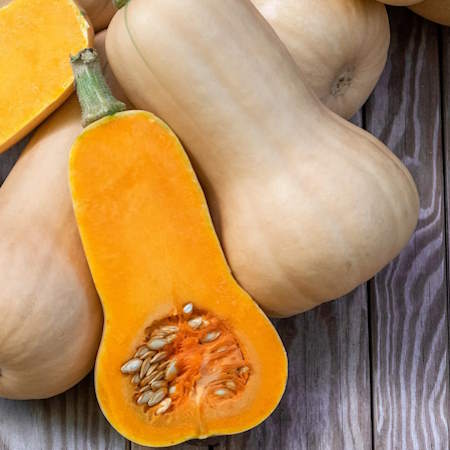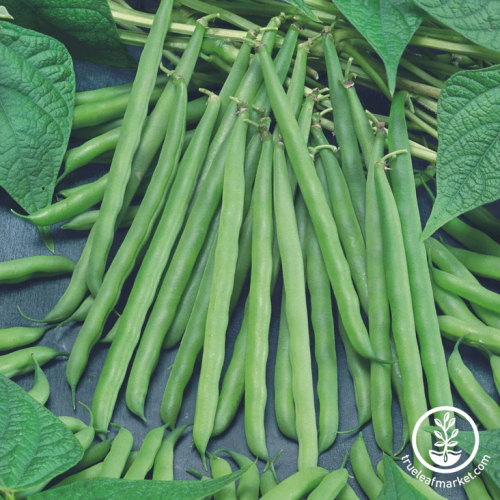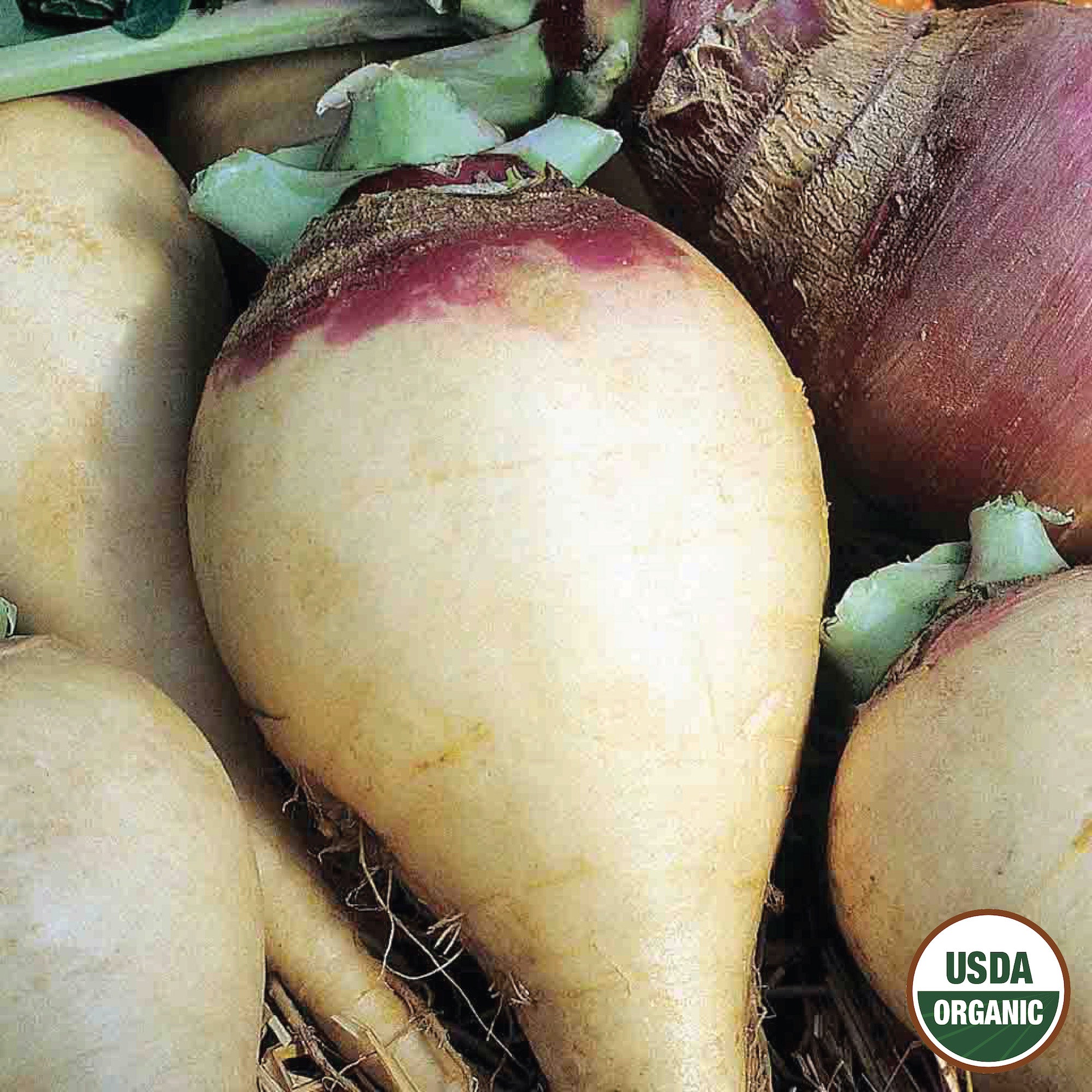7 of the best vegetables to plant in May, plus expert sowing tips from a professional grower for happy plants and bumper harvests
May is a fantastic time to sow and plant vegetables – here are my top picks for the month
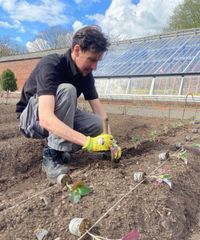
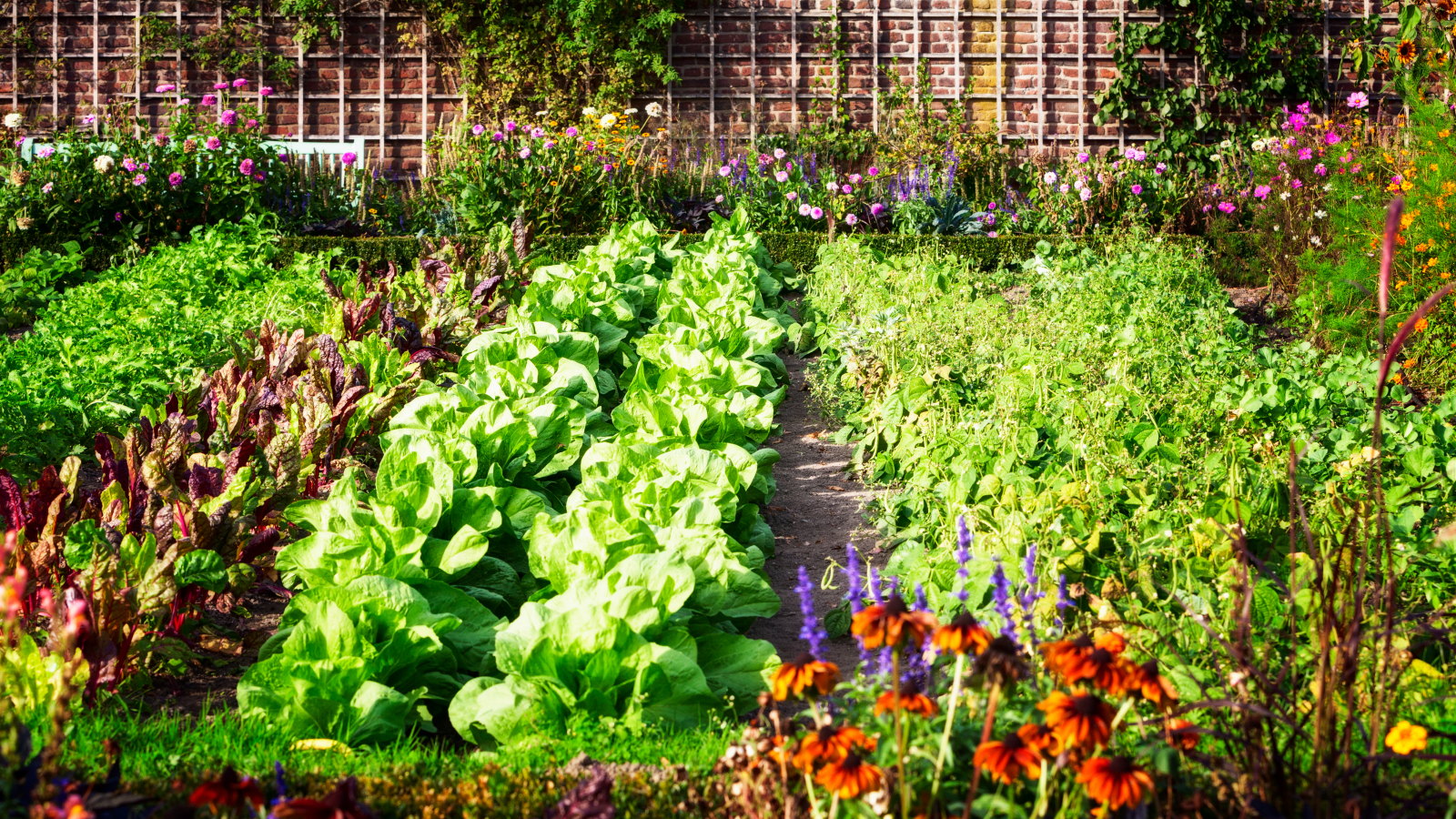
May offers huge opportunities for planting vegetables, as many popular crops can be added to any productive garden this month. Whether you buy young plants or sow seeds, it can be a busy month. I love starting my crops from seed, so here are my picks for the best vegetables to plant in May.
I am an experienced vegetable gardener and have grown crops for over a decade. Whether on my home plots or in the walled kitchen gardens I worked in as a professional gardener, I have always sown lots of seeds in May - both indoors and outdoors. The soil is warm enough to sow directly, while heat-loving crops can be sown indoors to plant outside in the weeks ahead.
If you wonder what to plant in May, I want to help. So I have selected some of my favorite vegetables to plant this month and included a range of sowing tips to help you get strong results and have lots of crops to harvest later in the season.
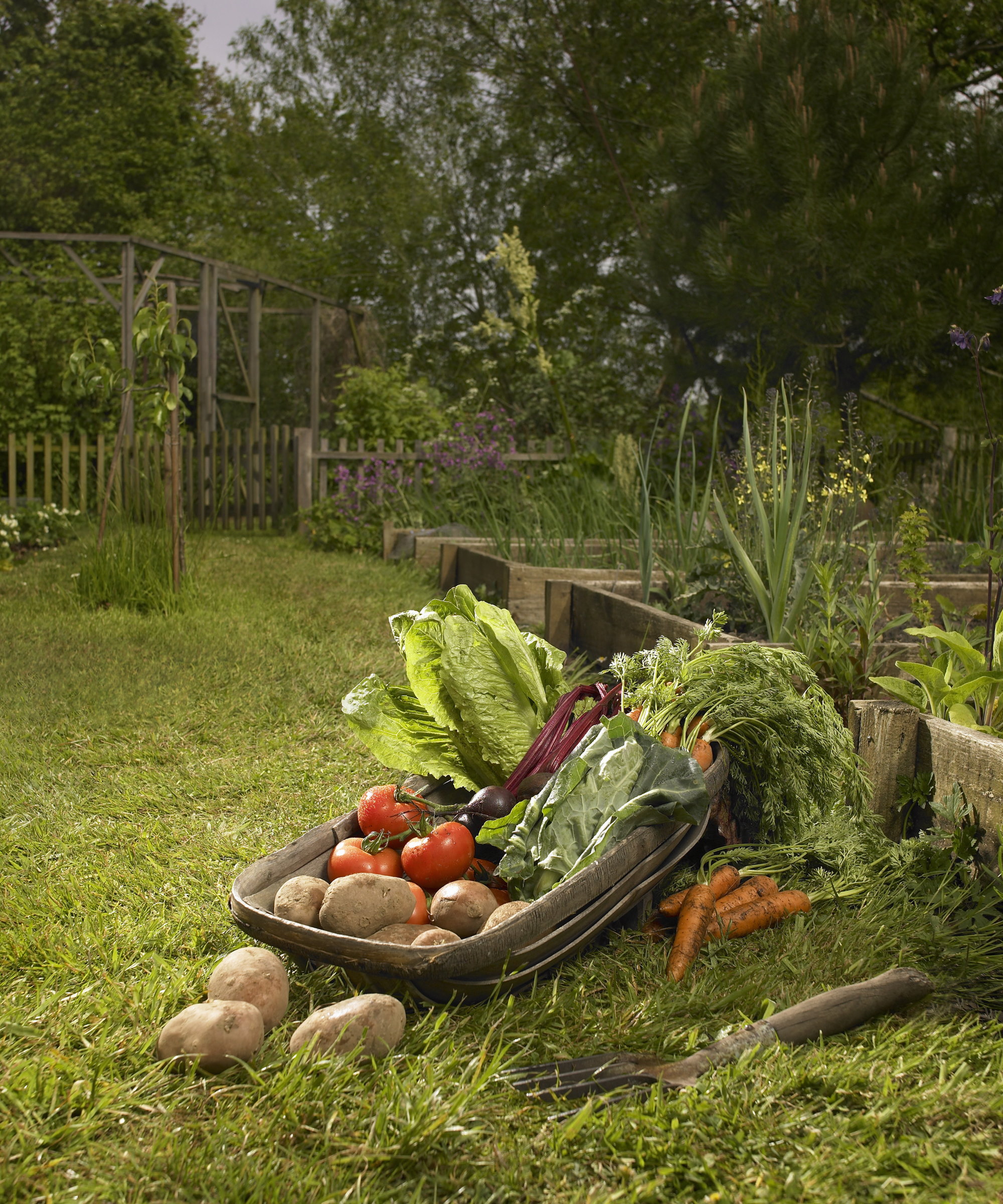
My pick of the best vegetables to plant in May
There is a long list of vegetables to plant in May, but I have handpicked some of the top crops that have always been on my seed sowing list for this month. As well as these, many of the vegetables to plant in April can also be sown in May, such as cucumbers, zucchini, broccoli, corn, and potatoes, which are all suitable for planting this month too.
To help you plan your vegetable garden, here are my choices for some of the best vegetables to plant in May.
1. Butternut squash
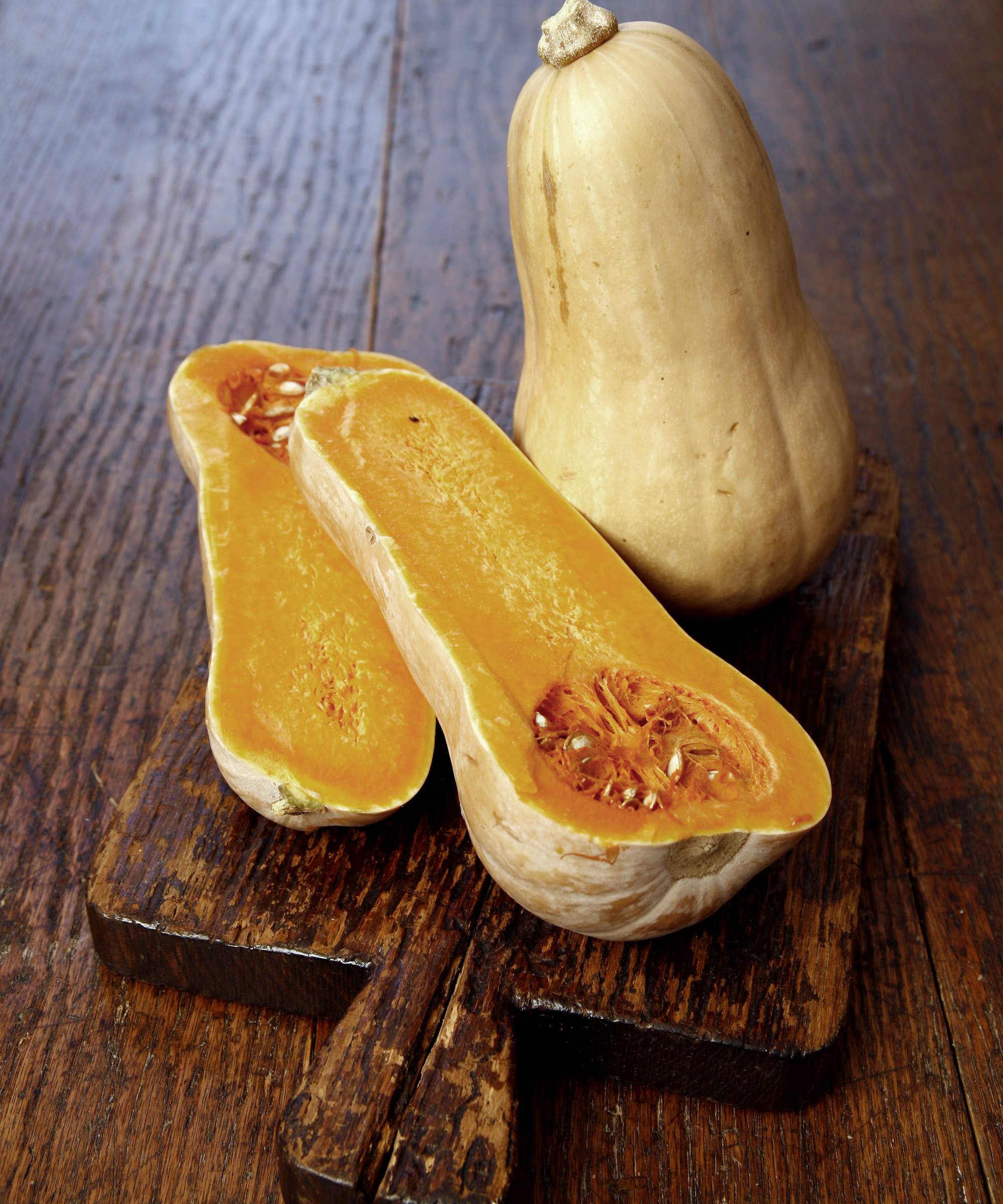
Butternut squash is now regularly seen in stores with its distinctive bulbous-ended shape and light yellow color. It is worth considering growing butternut squash as they have a nutty flavor, store for a long time, and are simple to grow from seed.
Where you start the seeds this month may depend on your climate or preferences. You can sow seeds indoors early in May into large modules or small pots filled with seed starting compost. Plant the seed on its side an inch deep in the soil and place the container where it can enjoy temperatures of 65-70°F for good germination.
Design expertise in your inbox – from inspiring decorating ideas and beautiful celebrity homes to practical gardening advice and shopping round-ups.
The alternative is to sow seeds outdoors directly into the soil in the second half of the month after the last frosts. There is more risk with planting outdoors when growing squash, due to temperature variations, and the seedlings are at risk of being nibbled by slugs and snails when they appear.
2. Chard
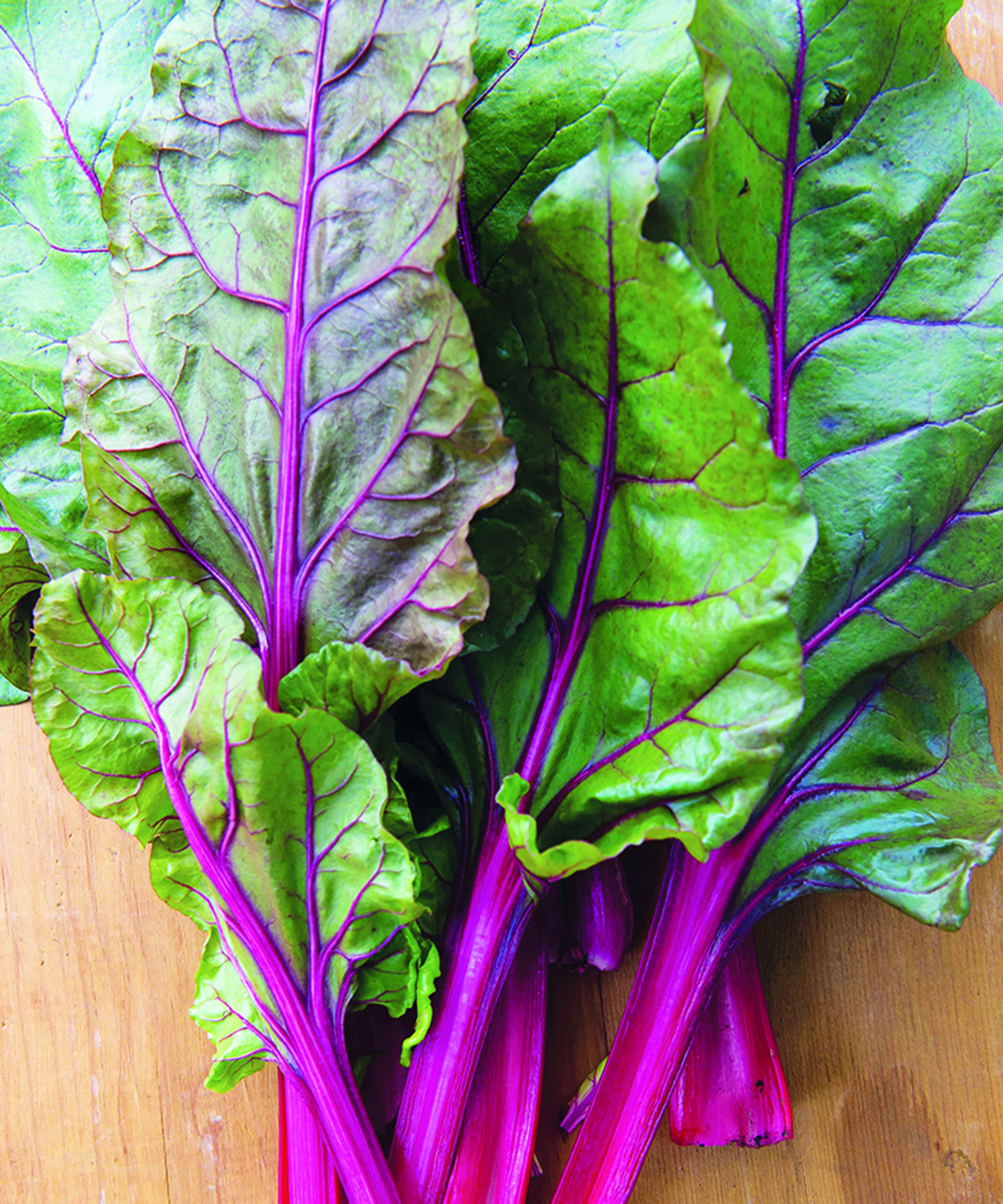
Swiss chard is another vegetable that has become increasingly popular, and there is no surprise why. The stunning plants are both ornamental and edible, coming in a range of bright colors. You can even get a mix of seeds, such as this ‘Bright Lights’ mix at Burpee, that grows plants in white, pink, purple, green, and yellow.
Once the frosts have passed and the soil warms to at least 50°F in spring, you can plant Swiss chard seeds directly into the vegetable garden. The large seeds should be planted 2-4 inches apart in one-inch deep drills with 12 inches between rows. Keep the soil moist and thin the seedlings to at least six inches apart as they develop.
Keep plants well-watered and weed-free and you can expect to start harvesting Swiss chard after around 35-40 days for baby leaves, or closer to 60 days for mature leaves.
3. French beans
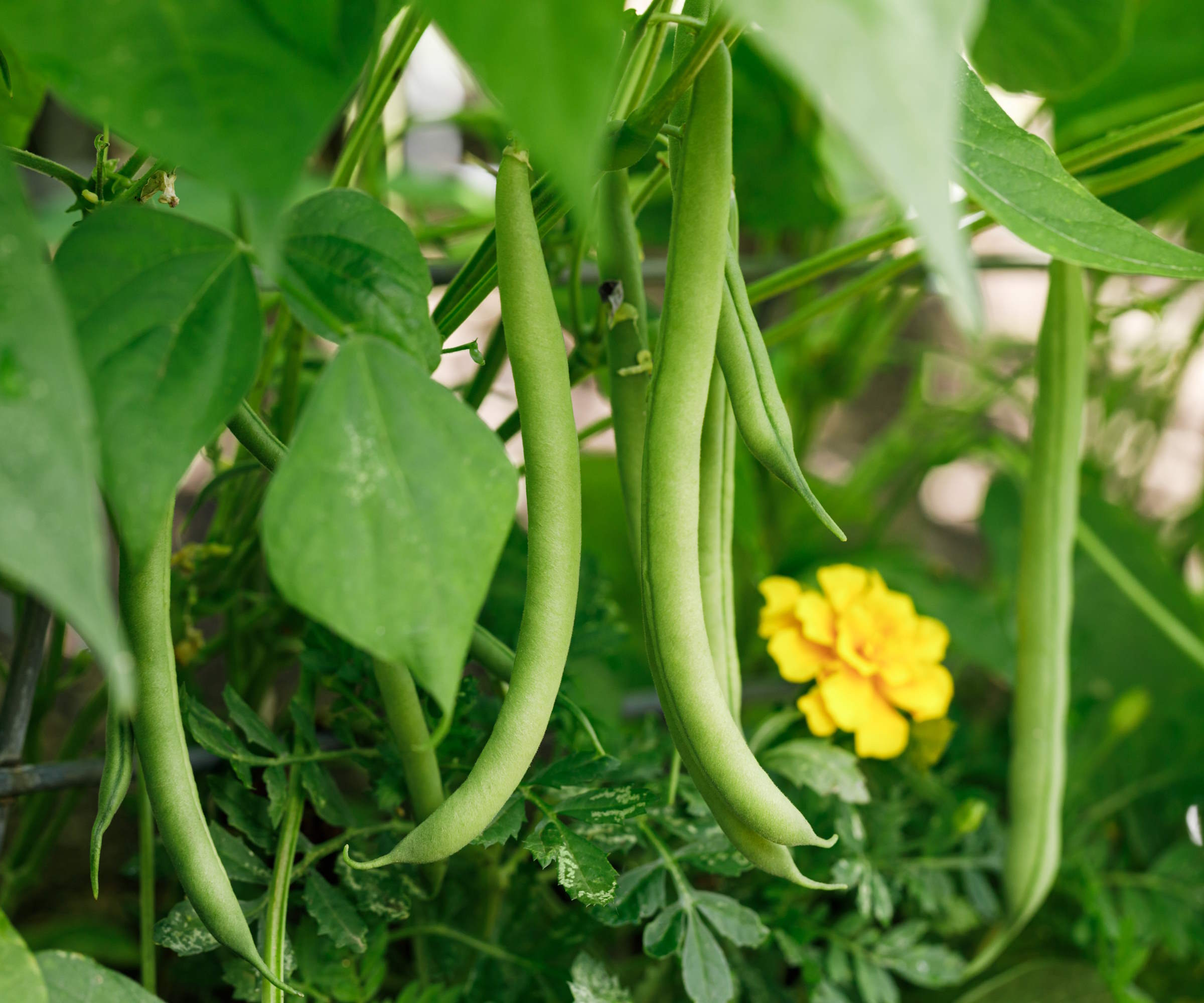
French beans come in either climbing or dwarf varieties and different types produce green, yellow, or purple beans. The earliest sowings are made indoors and seedlings transplanted outdoors in May, or sowing can be done directly into the growing position this month.
Depending on which type of French beans you grow, you may need canes for the plants to climb, while bush varieties are planted in blocks for support. Soaking the beans before planting can help with germination, while adding nitrogen-fixing inoculant (like this mycorrhizal inoculant at Walmart) can result in stronger plants.
Plant the beans two inches deep in the soil, either two per cane for climbing varieties or four inches apart in rows spaced 18 inches apart for dwarf ones. Cover the beans with soil and keep moist for good germination.
If you fancy growing more unusual legumes, you can grow black beans, soybeans, or pinto beans by planting seeds directly in the soil in May.
4. Leeks
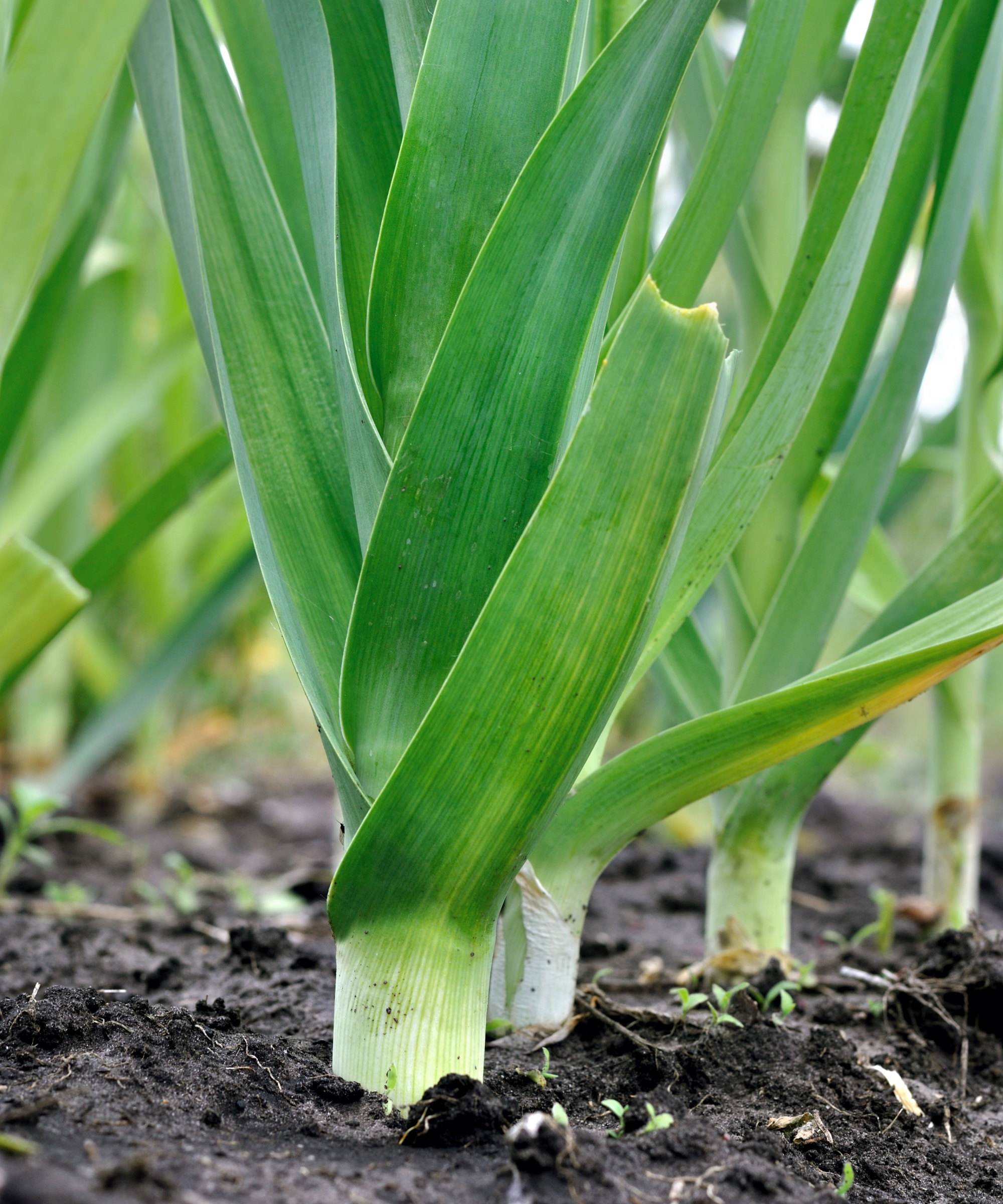
There is a great selection of leek varieties to grow, with early, mid, and late varieties that can provide potentially long harvests of leeks. As growing leeks often starts indoors or in seedbeds, with plants transplanted to their final position, there may be two different stages of planting leeks to get done this month.
Early and mid varieties sown earlier can be transplanted into deep holes in the ground this month. Make each hole six inches deep and six inches apart from the other. Trim the roots of the small leek and place it in the hole before filling with water, but not soil. This planting method blanches the stems for a sweeter taste.
Late varieties can be sown in May to give harvests throughout winter and spring. Sow the seeds into half-inch deep drills and thin to an inch apart once they germinate. These seedlings can be transplanted once they reach 6-8 inches tall.
Discover the range of leek seeds at Amazon
Discover the range of leek seeds at Walmart
Discover the range of leek seeds at Burpee
Discover the range of leek seeds at True Leaf Market
5. Parsnips
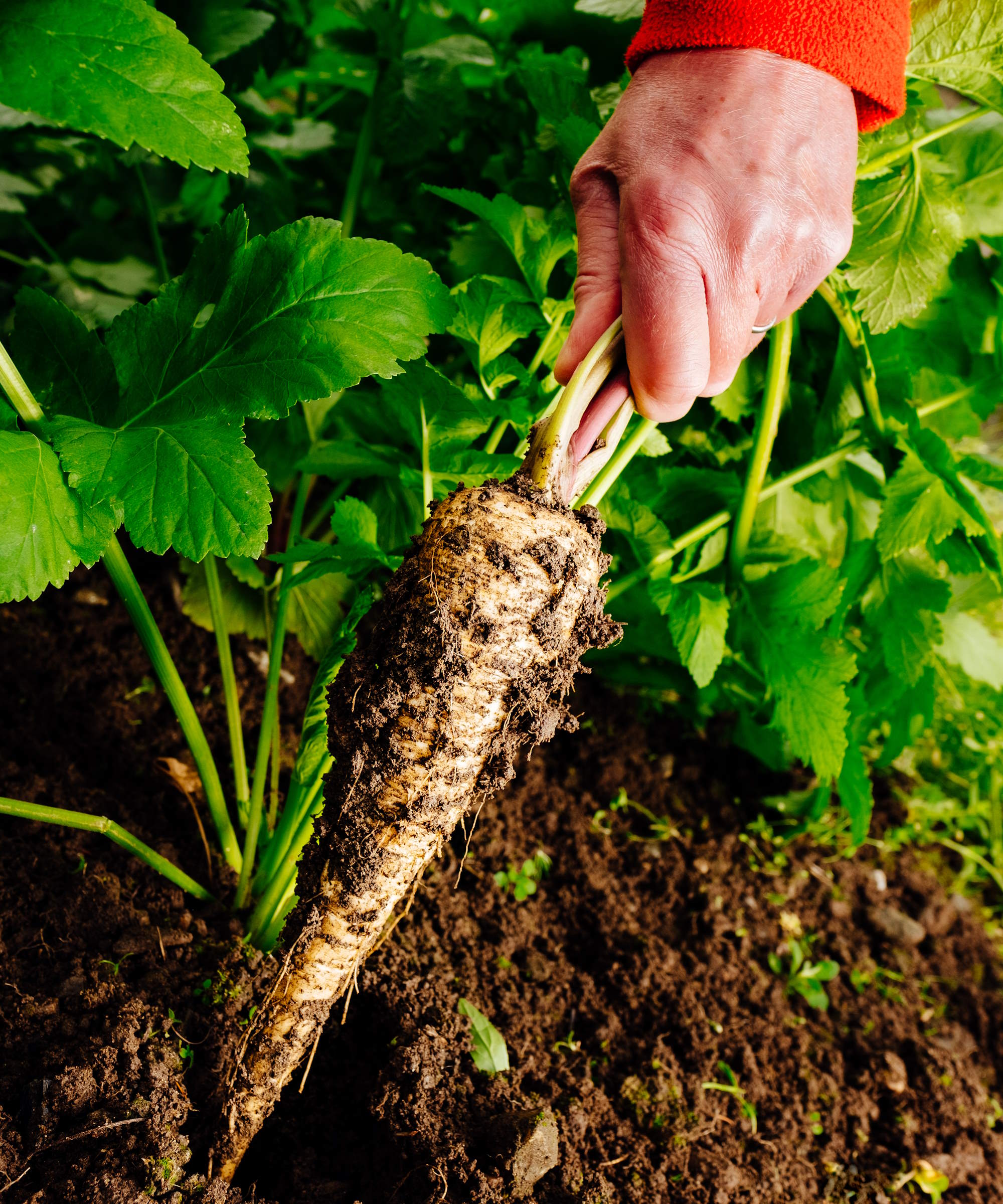
These traditional winter crops have a long growing season, so if you do want to grow parsnips for sweet roots in the colder months, then May is a perfect time to do so - if you haven’t sown them already.
Parsnips are renowned for being tricky to germinate. However, if you use fresh seeds (the viability of seeds is short, so fresh is always best for parsnips) and wait until the soil has warmed to a steady 50-55˚F it will improve your chances.
Sow seeds directly into the soil, either into half-inch drills or individual planting holes, placing three seeds every six inches and thinning the clusters once the seeds germinate. Keep the soil consistently moist, but not waterlogged, to get the seedlings to sprout, but it may take a few weeks to see the first signs of growth popping through the soil.
Discover the range of parsnip seeds at Amazon
Discover the range of parsnip seeds at Walmart
Discover the range of parsnip seeds at True Leaf Market
6. Pumpkin
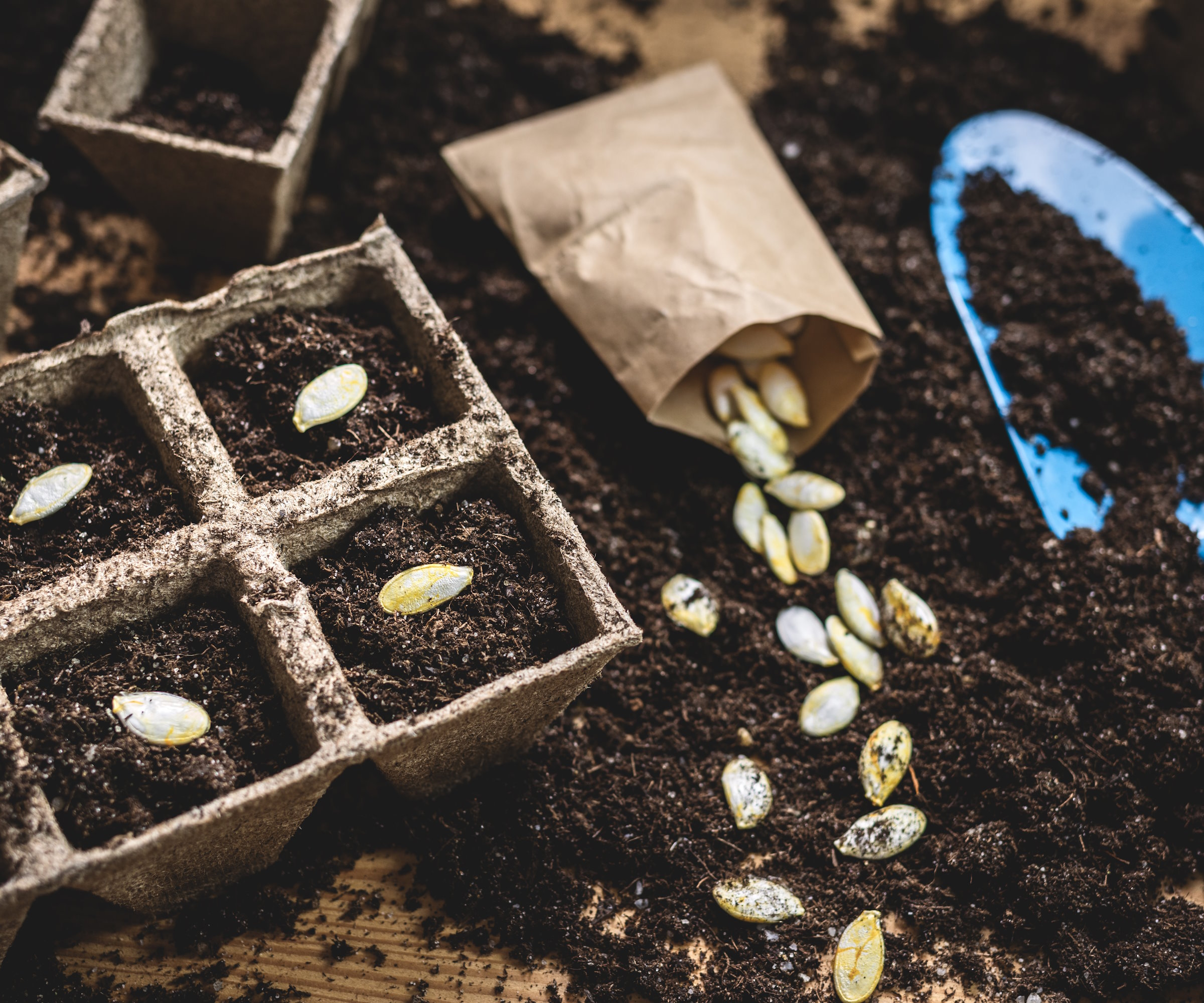
The window to plant pumpkins is fast closing and May offers the last chance if you want to enjoy homegrown pumpkins in fall. Whether you grow pumpkins from store-bought seeds or harvest pumpkin seeds from one you carved, they can be sown indoors or outdoors this month.
Plant your pumpkin seeds indoors in individual pots to germinate somewhere warm and plant out next month. Alternatively, sow the seeds outdoors in warmer climates with temperatures above 68˚F in May. Place two or three seeds into holes at least an inch deep in the soil and cover with a cloche to protect the seedlings from cold temperatures or pests.
Pumpkins need space to grow and tend to germinate quickly. Sow the clumps of seeds at least six feet apart and keep only the strongest seedling once they emerge.
Discover the range of pumpkin seeds at Amazon
Discover the range of pumpkin seeds at Walmart
Discover the range of pumpkin seeds at Burpee
Discover the range of pumpkin seeds at True Leaf Market
7. Rutabaga
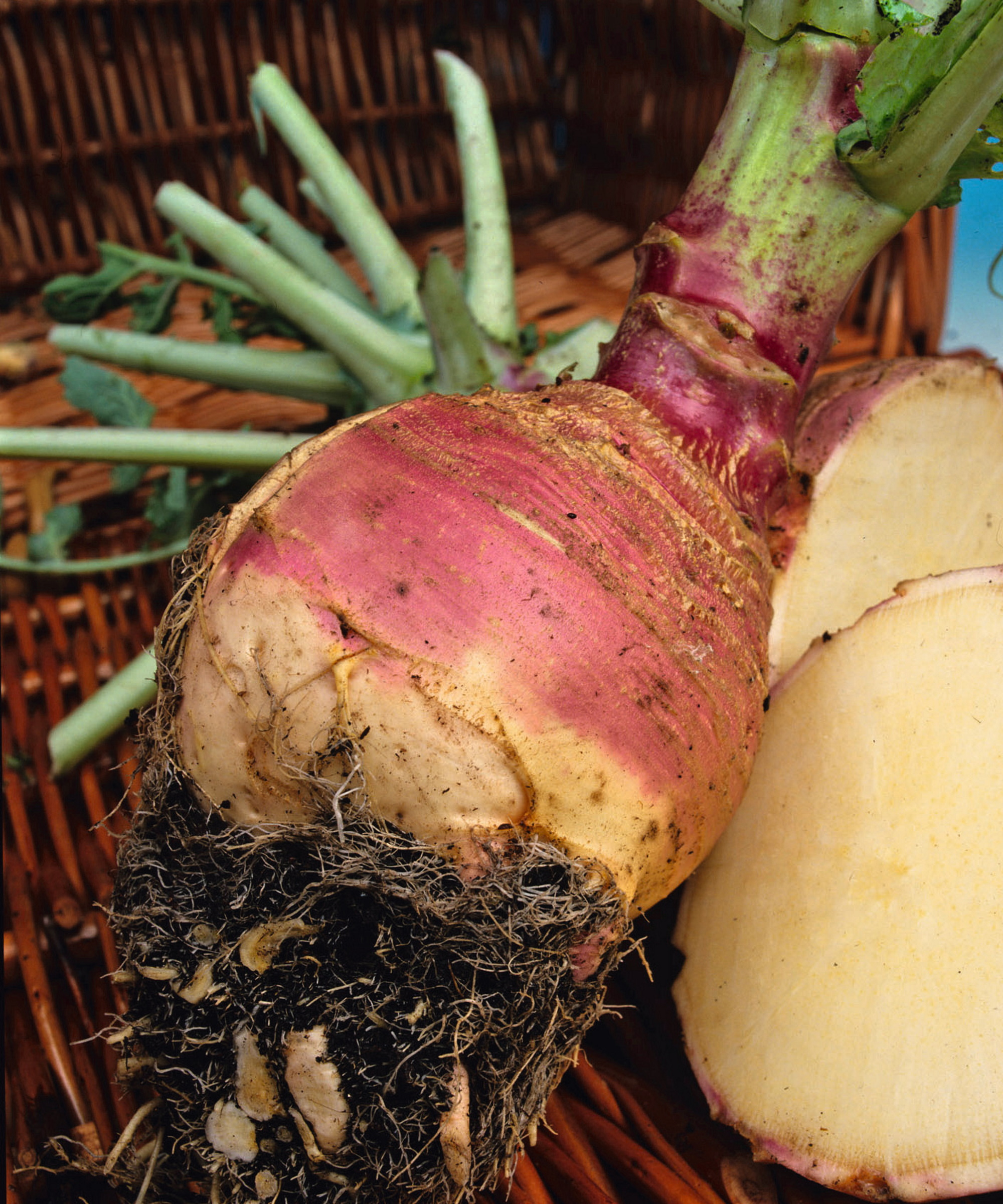
Rutabaga, also known as swede or Swedish turnip, is an easy vegetable to grow, and you should plant it from late May to harvest in the fall.
They have a longer growing season than turnips (which they are related to) and the roots do best when they mature in the cooler fall temperatures.
Plant seeds directly into the soil, sowing a half-inch deep into rows spaced 15-18 inches apart. Don’t sow the seeds too thickly and then thin the seedlings to a spacing of eight inches when they develop.
Keep a close eye on when to water plants and try to keep the soil moist in summer. Consistency is key, as irregular irrigation can cause the rutabaga roots to split and impact your harvest.
Shop vegetables to plant in May
FAQs
Can I plant potatoes in May?
May is not too late to plant potatoes. Maincrop types of potatoes can be put in the ground in early May and will still have time to mature for a harvest in late summer or early fall. While March and April are the most common planting months, there is still a chance to grow potatoes and get a good harvest from planting in May.
Can you plant tomato seeds in May?
May is late for sowing tomato seeds, but you can start growing tomatoes this month, provided you act quickly. If you want success planting tomatoes in May, pick a fast-growing cherry tomato and a bush tomato variety, as they fruit the quickest, and start them somewhere warm and bright to get plants off to the best start.
This Tomato ‘Veranda Red Hybrid’ from Burpee is a great option for a fast and productive tomato suitable for growing in pots on sunny decks, patios, or balconies.
May can feel like a juggling act, as there are lots of jobs to do in the garden, from sowing to watering to weeding to feeding. To help you plan a spring gardening checklist, these guides to flowers to sow in May and fertilizers to use in May may help you organize your time and ensure your garden is full of glorious flowers, fruits, and vegetables this summer.
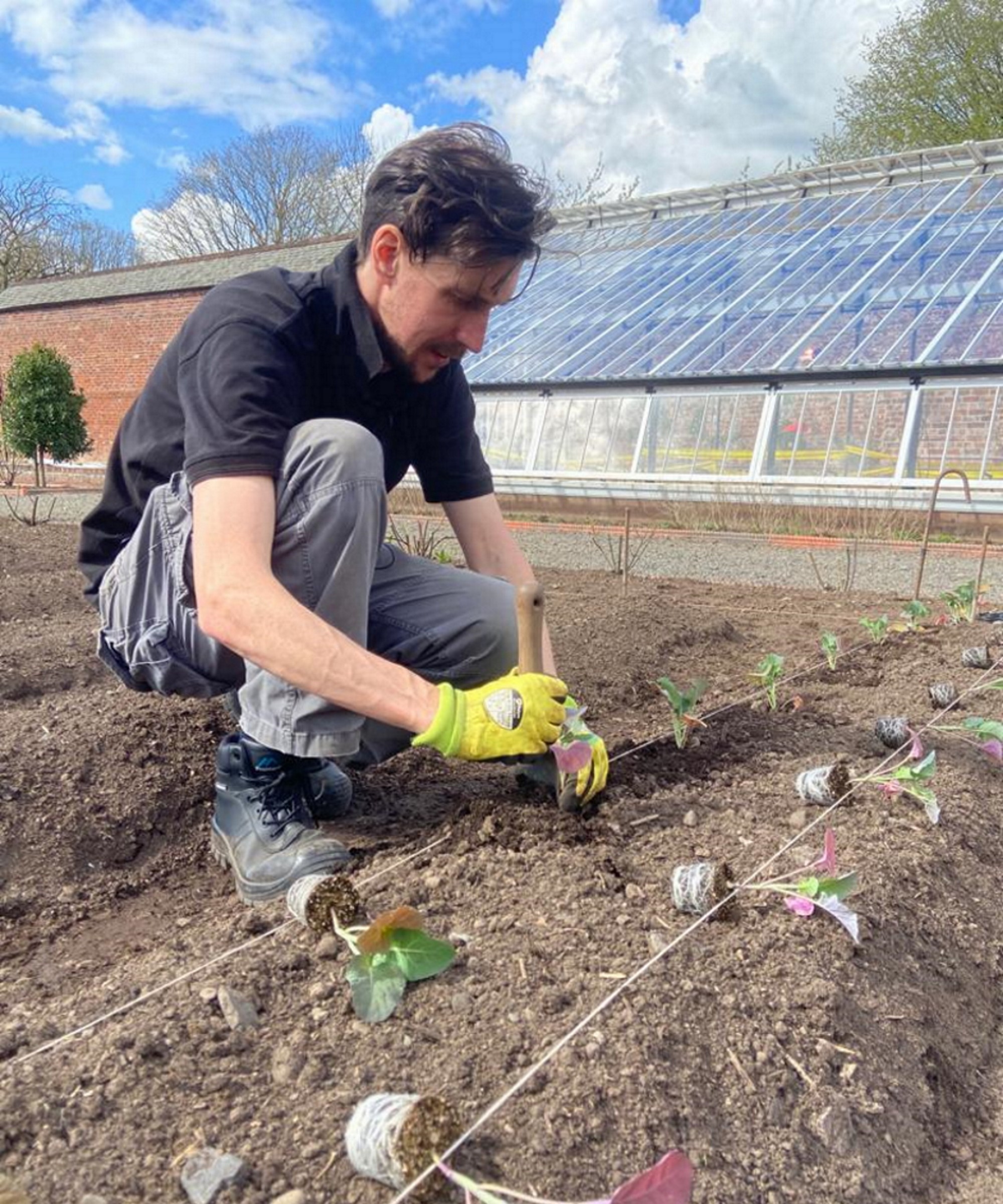
Drew has worked as a writer since 2008 and was also a professional gardener for many years. As a trained horticulturist, he worked in prestigious historic gardens, including Hanbury Hall and the world-famous Hidcote Manor Garden. He also spent time as a specialist kitchen gardener at Soho Farmhouse and Netherby Hall, where he grew vegetables, fruit, herbs, and cut flowers for restaurants. Drew has written for numerous print and online publications and is an allotment holder and garden blogger. He is shortlisted for the Digital Gardening Writer of the Year at the 2025 Garden Media Guild Awards.
